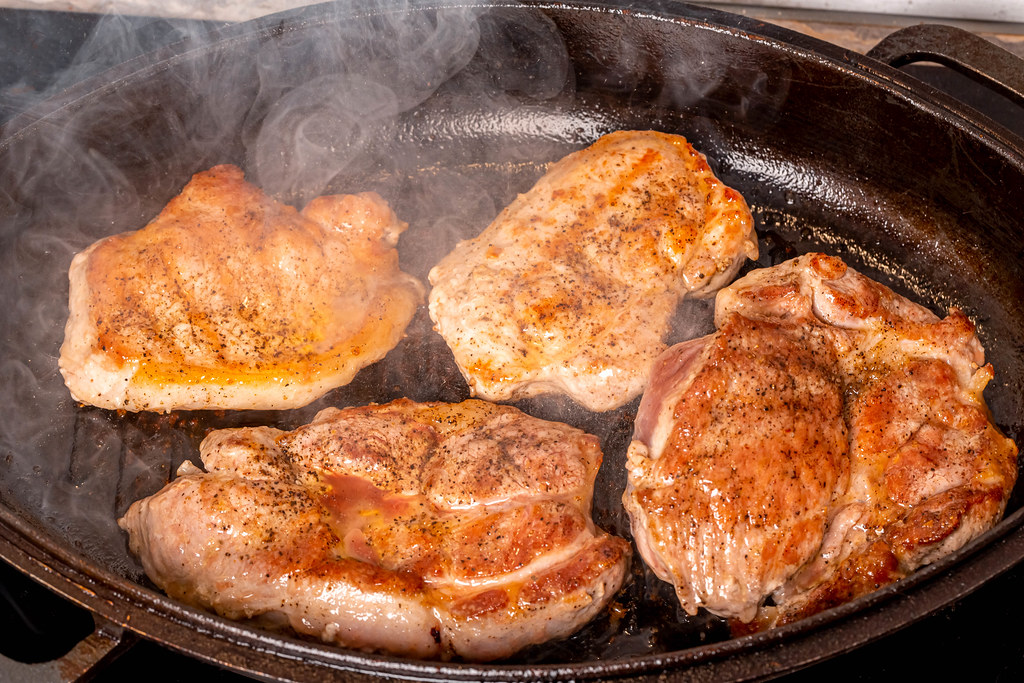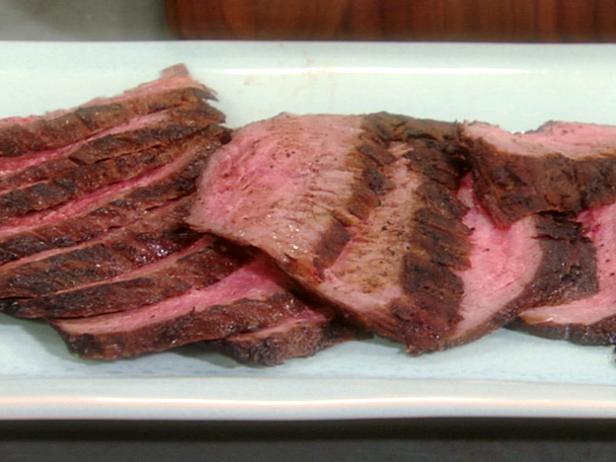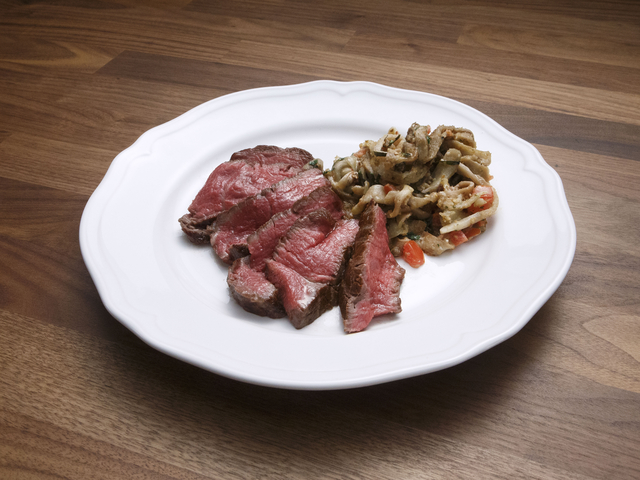
It's possible that you are wondering how to tell when a steak is done correctly and whether or not it should be cut. You can do this by using a metal cake tester. Put the skewer in place of the meat. Wait for five seconds. If the meat remains cold it means that it's still raw. Medium-rare is indicated by a warm skewer or a lukewarm skewer. Hot kebab skewers indicate well-done.
The first step in knowing when your steak is done is to touch it. You can make an OK sign by placing one hand flat to the meat. Press your forefinger into the meat. The meat should feel firm if it is raw. Medium-rare is defined as meat that feels firm on the skin. Use your middle fingers to gently press down on the meat. Then, touch your thumb to the tip of your middle finger.

Second, you need to feel the meat. A medium-rare steak should feel like a chin or cheek, while a well-done steak should be firm and springy to the touch. To determine if the steak is cooked, make a fist using your thumb and forefinger to check. When the meat is properly cooked, the fleshy area between your thumbs and forefinger is soft. The third step involves tightening your fist. A well-done steak will not be too firm.
Next, check the steak using your hands. When the meat is pink inside, it is considered perfectly cooked. A medium-rare cut of steak is one that has reached 150 degrees F. To check the temperature, place a piece if paper on top of steak and press down against the grain.
The third step involves using a meat thermometer. This method is the most reliable and it is especially useful for hard steaks. A meat thermometer should be firm, with little tension. A well-done steak is a dark red colour. Depending on your preferences, it can also be used to assess the quality of a steak. You can try the tips above to find out how to tell if a beef is done.

120 degrees Fahrenheit marks the lowest internal temperature of a steak. The temperature at which the steak is cooked is 120 degrees Fahrenheit. A well-done steak will be grey-brown and have charred edges. This temperature is safe for eating, but it should not be overcooked. Those who prefer medium-rare cuts should be cautious when cooking them.
FAQ
How long does cooking take? How long will it take me to learn how?
It all depends on your skill level. Some people can learn basic cooking techniques in as little as a week. Others may take months or years to master the basics of cooking.
The time it takes to learn how to cook will vary depending on who you are. A person who has never cooked before will likely need more time to learn than someone who is a regular cook. Some types of cooking are more difficult than others. Baking, for example, requires more experience than frying.
If you want to learn how quickly you can cook, you should focus on learning a specific technique. Once you've mastered that technique, move on to another one. It doesn't matter how long it takes to master a particular technique. You can just keep at it and enjoy the process.
What are the advantages of using a slow cooker to cook?
Slow cookers are useful because they can make delicious meals in a fraction of the time. Slow cooker recipes are more healthy than traditional dishes because they use less oil. In addition, slow cooker recipes are convenient because they take care of themselves while you sleep.
How Can I Get Hired As a Cook?
A word of mouth referral can lead to a job as cook. Friends and family might know of a restaurant in need of additional staff. Also, restaurants often advertise openings on bulletin boards and websites.
Do I need to attend culinary school to become a cook?
No. Many chefs learned their craft on their own. Some even went on to culinary school to gain work experience. Culinary school is preferred by most chefs because they have more opportunities to grow and learn. Culinary schools give students hands-on experience, which allows them to develop valuable skills as well as improve their culinary knowledge.
Statistics
- You'll be amazed that over 90% of CIA students receive scholarships and grants to finish their culinary studies. (ischoolconnect.com)
- The median pay for a chef or head cook is $53,380 per year or $25.66/hour, according to the U.S. Bureau of Labor Statistics (BLS). (learnhowtobecome.org)
- under 10 Kids have been taught that there is special food just for them, and Fiese says that 10 percent of kids will throw a tantrum if they don't get the food they want. (washingtonpost.com)
External Links
How To
How to make a perfect omelet
Omelets have always been a favourite food to eat for breakfast. How do you make them perfect? I've tried many recipes and different methods but none have worked. So I wanted to share some tips and tricks so that you can make delicious, fluffy omelets every morn.
First, eggs can be very temperamental ingredients for making omelets. They must be fresh, preferably from the organic market, and be kept cold until cooking. You must keep them cool enough to allow the whites to form properly and the yolks to become too runny if they're not kept at the right temperature. This will make your omelets appear strangely colored. If you're going to cook them immediately, it is best if the eggs are still warm.
Another tip is to separate your egg before adding it into the pan. Because this could cause your omelet to become curdled, you don't want any yolk to be mixed with any white.
You might burn the bottom of the egg if you place the egg directly on the stovetop. This could ruin the texture of your omelet. Instead, heat the egg in a microwave for 10 seconds and then place it in a pan. The microwave heat cooks your egg just right, without it becoming too soft.
Next, let us talk about how to mix the eggs. You want to mix the eggs thoroughly before you add them. Turn the bowl upside down and grab the whisk to do this. Then, vigorously shake the bowl. The egg will be thoroughly mixed in the bowl as the air is whipped.
Now comes the fun part - pouring the milk into the mixture. First, pour half of the milk into the beaten eggs and then fold the eggs gently into the remaining milk. Don't worry if there are still streaks of egg visible; these streaks will disappear once you flip the omelet.
After folding the eggs, place the pan on medium heat and wait for the oil to start sizzling. Once the oil starts getting hot, add 1/4 cup of butter to the pan and swirl it around to coat the entire surface of the pan. Open the lid and sprinkle salt on the pan. Salt will prevent the omelet sticking to the pan.
Cover the pan once the omelet is formed and allow it to cool completely. Flip the omelet upside down or with a spatula. Cook the opposite side for another minute. Take the omelet out of the pan and immediately serve.
This recipe works best when you use whole milk.